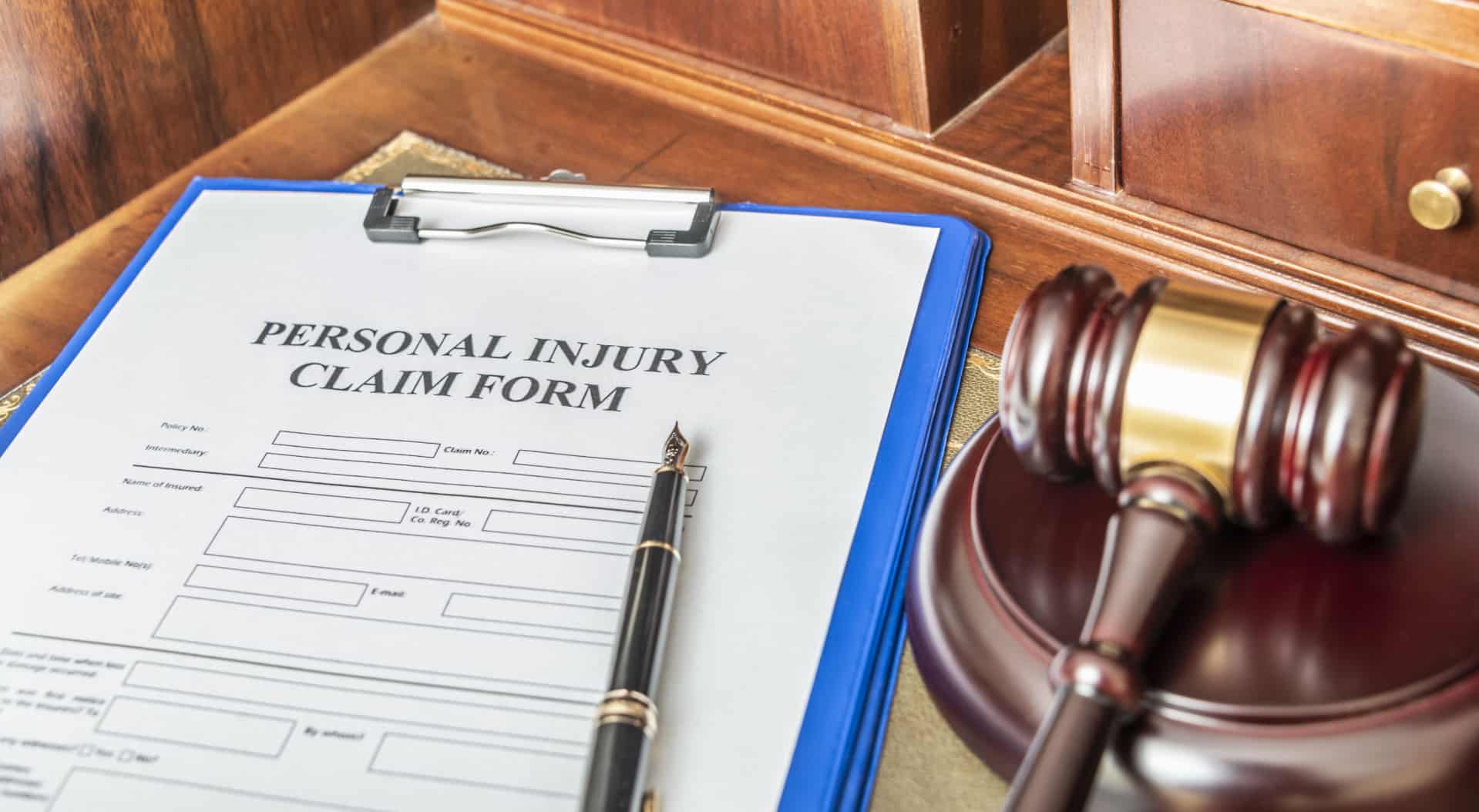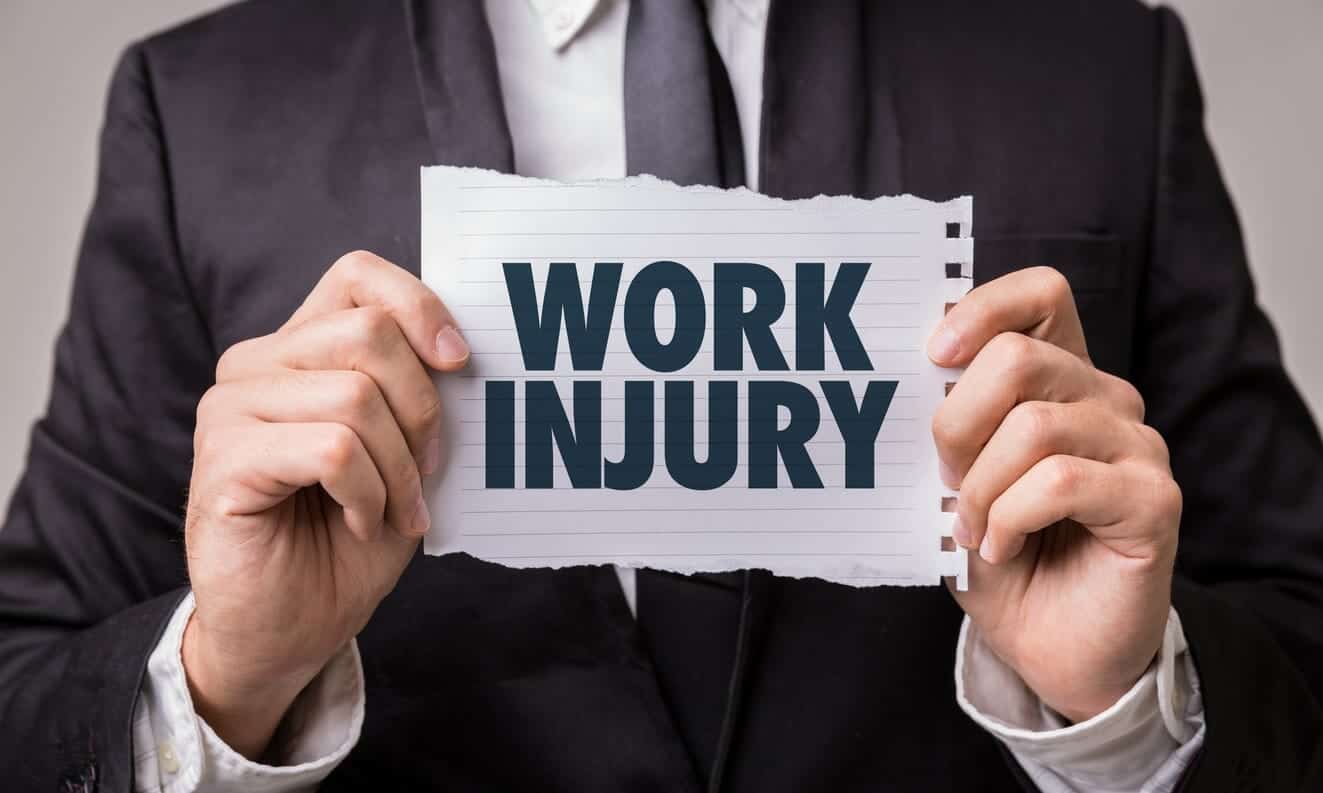Accidents and injuries can turn life upside down, impacting your physical health, emotional well-being, and financial stability. In Australia, personal injury claims provide a vital avenue for individuals to seek compensation for the losses they have suffered due to someone else’s negligence. This comprehensive guide explores personal injury claims, the types of compensation available, and how you can navigate the process effectively.
What Are Personal Injury Claims?
A personal injury claim is a legal process that allows individuals to recover damages for injuries caused by the negligence or wrongdoing of another party. These claims can involve physical injuries, emotional trauma, and financial losses, providing victims with a way to regain stability after a disruptive incident.
If you’re considering filing a claim, understanding personal injury & compensation law is essential. This area of law governs the rules and procedures for seeking damages, ensuring victims can access the support they need.
Types of Personal Injury Claims
Personal injury claims in Australia cover a wide range of scenarios. Each case is unique, but the following are the most common types:
1. Motor Vehicle Accidents
Road accidents involving cars, motorcycles, or bicycles often result in personal injury claims. Victims can claim compensation for medical expenses, lost income, and other related costs.
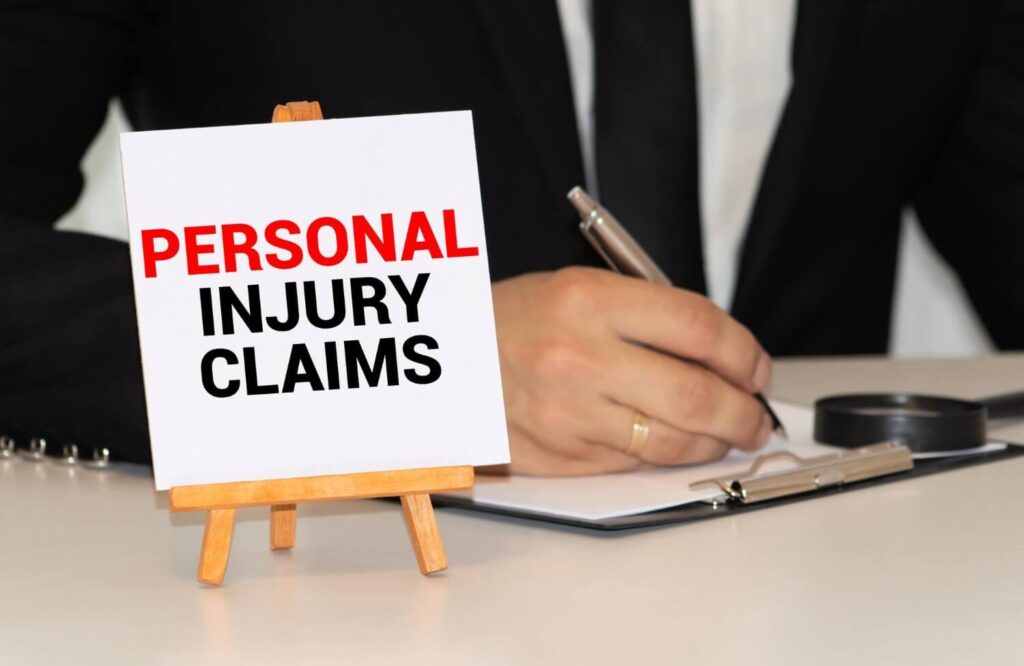
2. Workplace Injuries
Employees injured at work can file claims under workers’ compensation schemes. These claims cover medical treatment, rehabilitation, and lost wages.
3. Public Liability Claims
Injuries occurring in public places, such as slips and falls in shopping centers, are handled under public liability claims. Property owners have a duty of care to ensure public safety.
4. Medical Negligence
Healthcare providers who fail to deliver appropriate care may be liable for damages if their negligence results in harm.
5. Product Liability
Defective or dangerous products that cause injury can result in claims against manufacturers or distributors.
Eligibility for Personal Injury Claims
Not everyone who suffers an injury is automatically eligible for compensation. To pursue a claim, you must demonstrate the following:
- Duty of Care: The at-fault party owed you a duty of care.
- Breach of Duty: The responsible party breached this duty through negligence.
- Injury or Loss: You sustained injuries or financial losses as a direct result of their negligence.
Compensation Available for Personal Injury Claims
The goal of personal injury claims is to compensate victims for their losses. Compensation can be categorized as follows:
1. Economic Damages
These include tangible financial losses, such as:
- Medical expenses
- Rehabilitation costs
- Lost wages or reduced earning capacity
2. Non-Economic Damages
Non-economic damages compensate for intangible losses, such as:
- Pain and suffering
- Emotional distress
- Loss of enjoyment of life
3. Punitive Damages
In rare cases, courts may award punitive damages to punish the negligent party for gross misconduct.
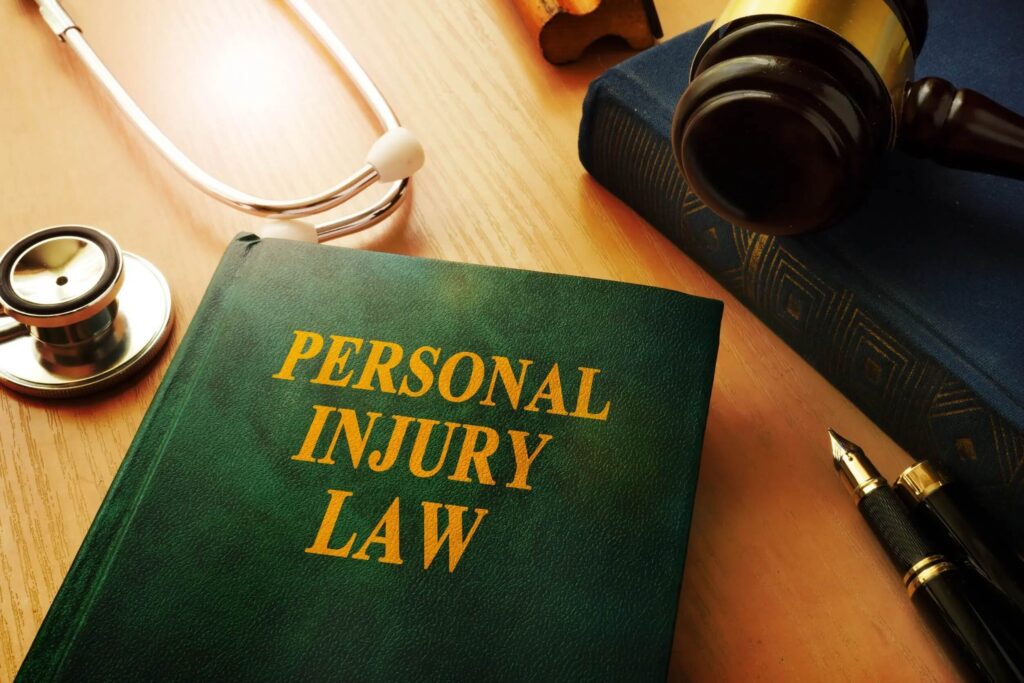
Steps to File a Personal Injury Claim
Navigating a personal injury claim can be overwhelming, especially when dealing with injuries and recovery. Here’s a step-by-step guide to simplify the process:
1. Seek Medical Attention
Your health and safety should be the top priority. Obtain medical treatment immediately and keep all records of your injuries and treatment.
2. Consult a Legal Professional
Engage a lawyer specializing in personal injury & compensation law to evaluate your case. They can provide advice on the best course of action.
3. Gather Evidence
Evidence is crucial for supporting your claim. Collect photographs, witness statements, medical reports, and any other documentation related to the incident.
4. Notify the Relevant Party
Notify the at-fault party or their insurer about your intention to claim compensation.
5. Negotiate a Settlement
Most personal injury claims are resolved through negotiation. Your lawyer will advocate for a fair settlement on your behalf.
6. Litigation (if Necessary)
If a settlement cannot be reached, your case may proceed to court. Legal representation ensures your interests are protected during this process.
Challenges Faced During Personal Injury Claims
Despite the availability of legal avenues, personal injury claims often present challenges. Here are some common hurdles and how to overcome them:
1. Proving Negligence
Establishing that the other party was negligent can be difficult. A skilled lawyer can help gather evidence to strengthen your case.
2. Insurance Company Tactics
Insurers may attempt to minimize payouts or deny liability. Legal representation is essential to counter these tactics.
3. Delays in Processing
Legal claims can take time, causing frustration for victims. Staying informed and maintaining regular communication with your lawyer can ease the process.
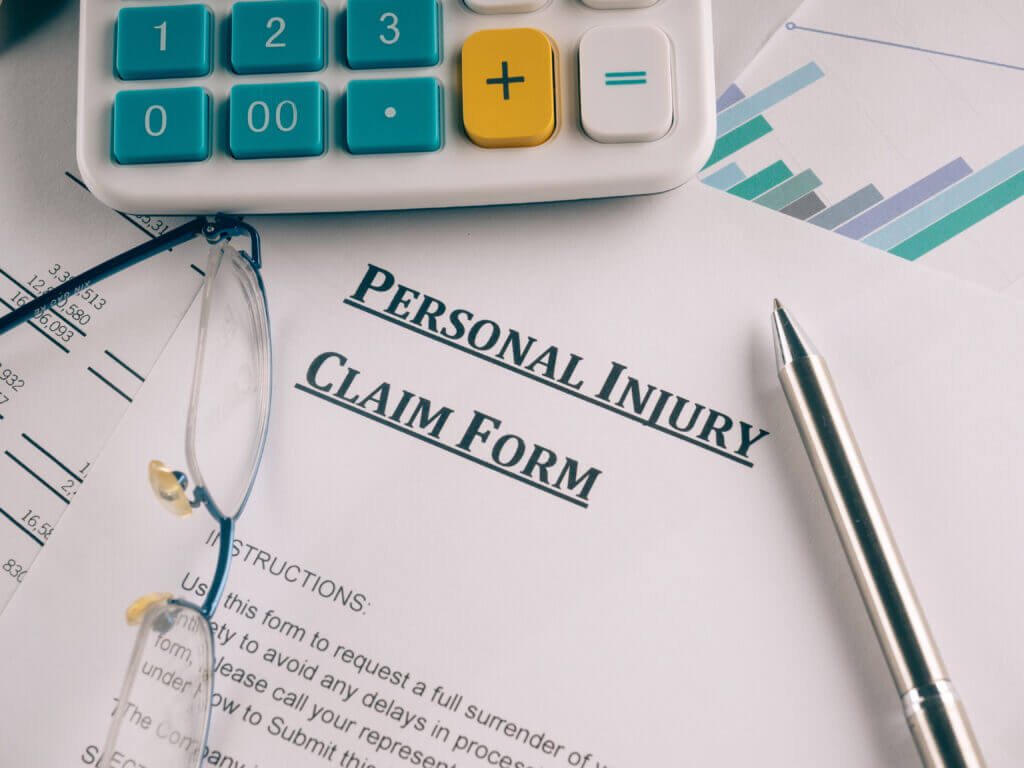
Time Limits for Personal Injury Claims
In Australia, strict time limits apply to personal injury claims. These timeframes vary depending on the type of claim and jurisdiction.
- General Limitation Period: Most claims must be filed within three years of the injury.
- Exceptions: In cases involving minors or individuals with disabilities, extensions may be granted.
Failing to file within the prescribed time may result in your claim being dismissed.
The Role of Legal Professionals
Engaging a lawyer with expertise in personal injury & compensation law can significantly impact the outcome of your case. They will:
- Provide legal advice tailored to your situation
- Negotiate with insurers to secure fair compensation
- Represent you in court if necessary
How Compensation Supports Recovery
Compensation plays a vital role in the recovery process. Financial stability allows victims to focus on their health and well-being. Common uses of compensation include:
- Covering medical expenses and ongoing treatment
- Replacing lost income during recovery
- Accessing counseling and rehabilitation services
Tips for a Successful Personal Injury Claim
Maximize your chances of a successful claim by following these tips:
- Act Promptly: File your claim as soon as possible to avoid time limit issues.
- Be Honest: Provide accurate and truthful information about your injuries and losses.
- Document Everything: Maintain detailed records of medical treatments, expenses, and communications.
- Seek Expert Advice: Consult a lawyer who specializes in personal injury cases to guide you through the process.
Understanding Settlement Offers
Settlement offers are common in personal injury cases. While they provide a quicker resolution, it’s essential to ensure the offer adequately covers your losses. Before accepting a settlement:
- Review the offer with your lawyer
- Consider future medical or financial needs
- Negotiate if the offer is insufficient
Future Trends in Personal Injury Compensation
The landscape of personal injury claims in Australia is evolving. Key trends to watch include:
- Technology Integration: Digital platforms simplify claims processing and evidence collection.
- Legislative Updates: Changes in personal injury & compensation law continue to improve access to justice.
- Increased Awareness: Advocacy campaigns empower victims to seek compensation without hesitation.
Final Thoughts
Personal injury claims and compensation serve as critical support systems for individuals recovering from unexpected accidents and injuries. By understanding personal injury & compensation law, victims can confidently navigate the legal process and secure the resources they need to rebuild their lives.
If you or someone you know has suffered due to negligence, take the first step by seeking expert legal advice. Compensation isn’t just about financial relief—it’s about justice, accountability, and the opportunity to move forward.
More to read: Understanding Abuse Compensation in Australia

